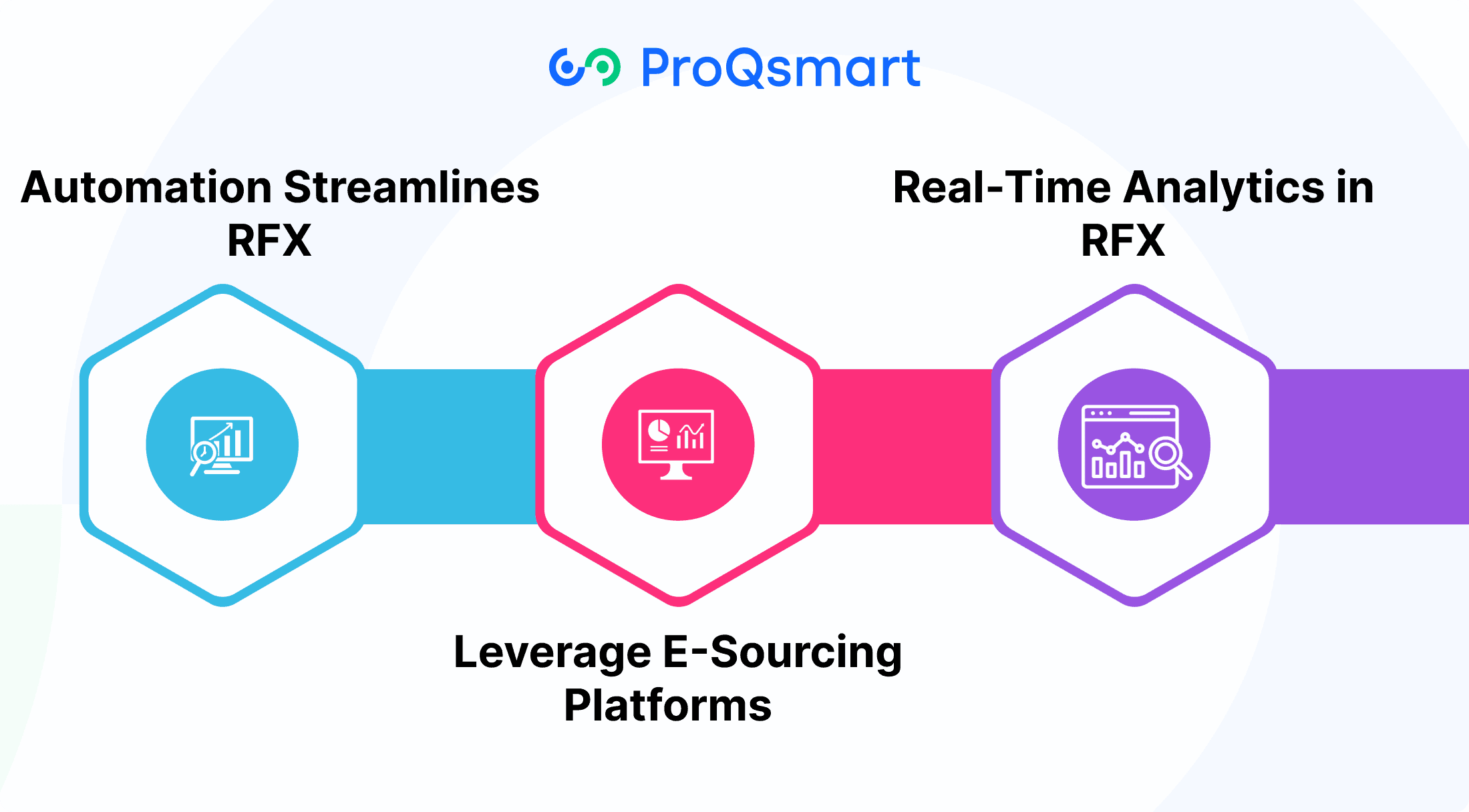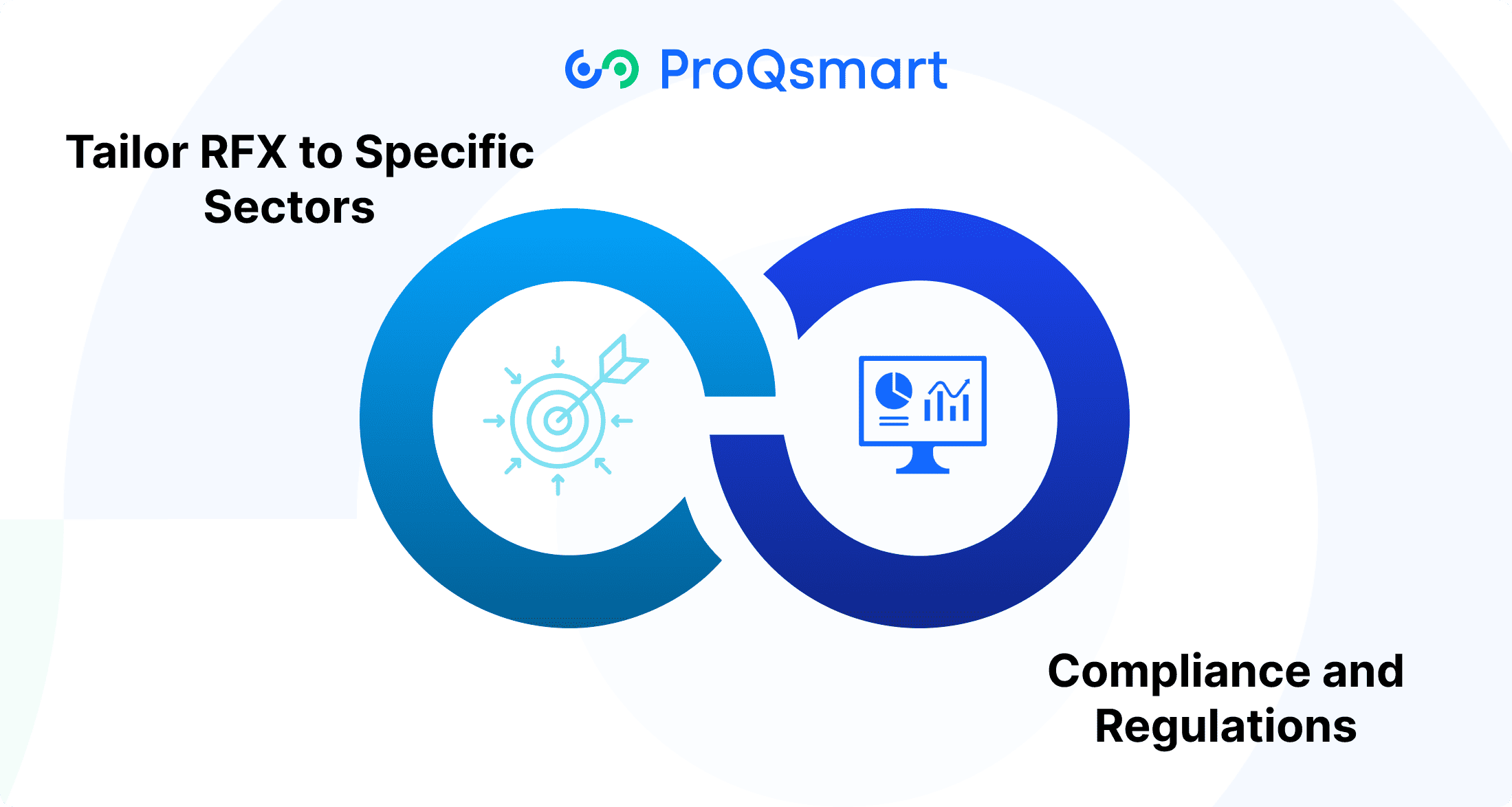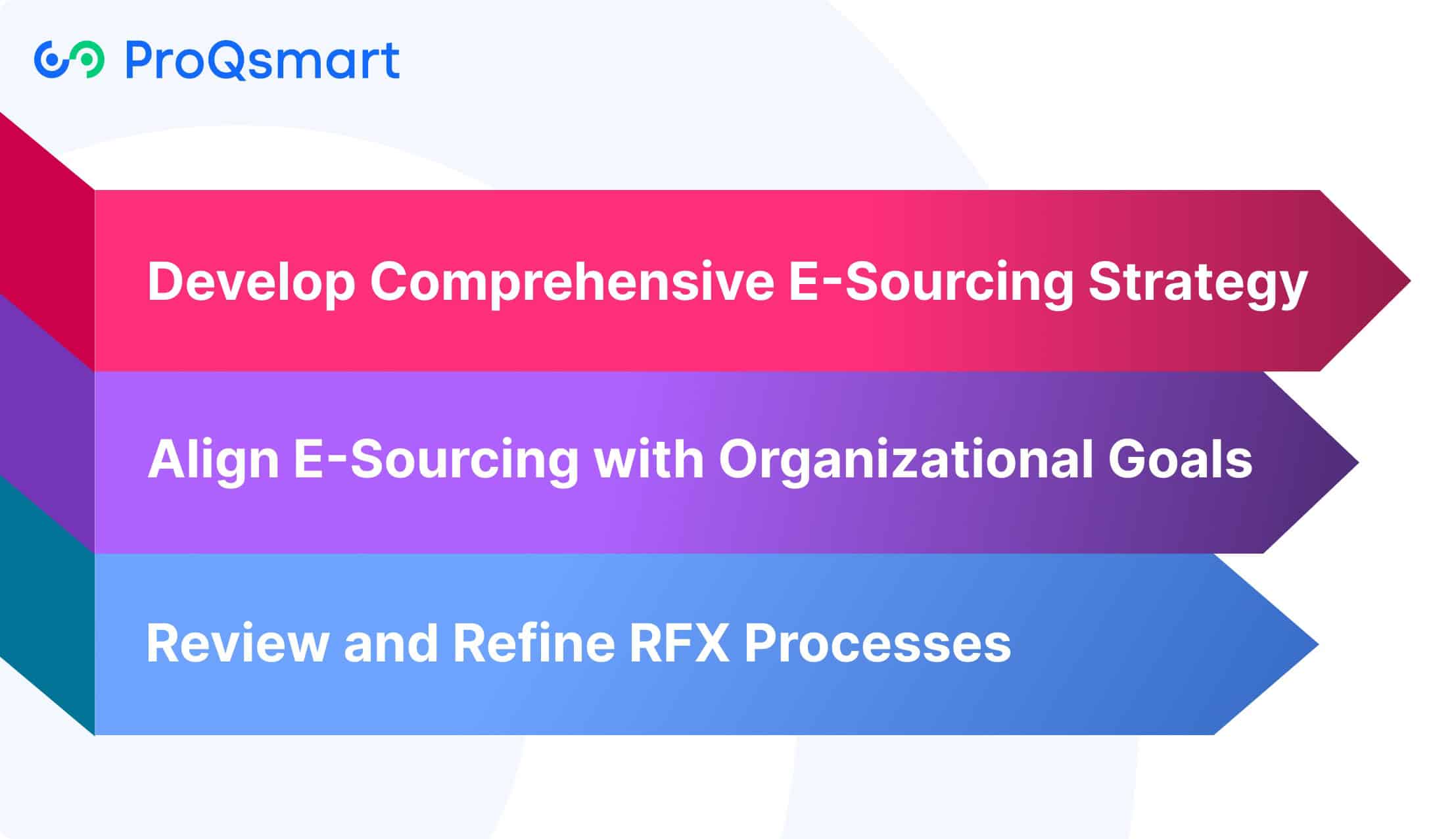Aligning e-sourcing strategies with RFX best practices is crucial for achieving procurement excellence. RFX processes, encompassing Requests for Information (RFI), Proposals (RFP), and Quotations (RFQ), serve as vital tools for gathering project information, evaluating suppliers, and securing competitive bids. These structured approaches ensure that procurement professionals can tailor their sourcing strategies to meet specific organizational needs, whether it’s managing complex projects or optimizing routine purchases.
By integrating RFX processes into e-sourcing, organizations can significantly enhance decision-making by leveraging data-driven insights, improve supplier relationships through transparent and collaborative interactions, and achieve cost efficiencies by streamlining procurement workflows. Moreover, this alignment helps businesses maintain compliance with regulatory requirements while focusing on value generation and efficiency. This article will delve into the strategies and best practices for aligning e-sourcing with RFX, providing actionable insights into optimizing procurement processes and driving tangible results.
Evolution of Procurement Strategies
Procurement has evolved significantly from basic transactional approaches to becoming a critical component of organizational success. Historically, procurement focused on cost savings and vendor identification with little emphasis on strategic objectives. However, with the integration of technology, procurement strategies have transformed to create value beyond cost savings.
Today, procurement teams leverage technology like ProQsmart to standardize processes, enhance visibility, and align sourcing decisions with budget administration. AI-powered features provide real-time supplier performance updates, improving compliance and collaboration. Procurement strategies now focus on building strategic partnerships with suppliers using tools like RFx (RFQs, RFIs, RFPs) to pre-qualify suppliers, mitigate risks, and foster innovation. This shift from transactional to strategic partnerships has elevated procurement’s role in driving business success.
RFX Types and Their Purposes
Each type plays a unique role in the procurement cycle, enabling organizations to gather precise information, evaluate suppliers, and make data-driven decisions.
Below is a breakdown of the primary RFX types and their purposes:
|
RFX Type |
Purpose |
|
RFI |
To explore suppliers’ capabilities and gather general information. |
|
RFQ |
To obtain pricing for specific goods or services. |
|
RFP |
To solicit detailed proposals addressing specific projects or requirements. |
These processes similarly improve supplier selection by creating transparent selection criteria, including quality and performance measures. Tools such as ProQsmart continue to simplify these workflows by automating bid management, enabling real-time collaboration, and tracking supplier performance.
By capping vendor participation at three to six, organizations can get the best quality of response without increasing their administrative burden. Almost 80% of public sector procurement teams start their process with an RFQ. By integrating RFI and RFP, they strengthen category management, sharpening efficiency and facilitating more strategic expansion.
Benefits and Challenges of RFX
Knowing the benefits and challenges of RFX processes is key for organizations looking to leverage the power of RFX to improve procurement strategies. RFX comes with major opportunities to improve supplier engagement and deliver long-term cost savings, but there are obstacles to implementation.
By acknowledging these benefits and challenges, we can all work towards meaningful, equitable adoption of RFX tools and strategies.
RFX Advantages for Organizations
The beauty of an RFX process is the clear, structured communication it creates. With predefined criteria, such as quality and performance standards, RFX tools help organizations select suppliers who align with their strategic goals.
For example, leveraging RFx tools enables procurement teams to automate workflows, manage documents centrally, and enhance transparency, saving time and reducing errors. Competitive bidding among contracted suppliers, as mandated by the RFX, deepens the incentive for cost efficiency and innovation.
Additionally, strategic sourcing decisions are more informed as cross-functional teams are empowered with visibility into supplier capabilities and compliance to drive decision-making.
Common RFX Implementation Hurdles
Though the benefits of RFX are undeniable, adoption is still challenged by factors such as a reluctance to change and lack of training. Many organizations struggle with manual RFX processes, which are prone to errors and time-consuming, consuming over 50% of procurement efforts.
Lack of technological resources, especially in the case of smaller organizations, contributes to this gap. If these barriers are not overcome, procurement teams will continue down a path of inefficiency and squander chances to find optimization.
Overcoming RFX Challenges
Addressing these challenges requires organizations to prioritize consistent and ongoing training while leveraging cutting-edge technology such as ProQsmart. By automating workflows, improving compliance, and deepening supplier relationships, ProQsmart clears the path over those common challenges.
By incorporating structured approaches and leveraging centralized data, teams can unlock strategic value, streamline processes, and achieve sustainable procurement excellence.
Integrate Technology for RFX Management

Integrating technology into RFX management is key to streamlining processes and building a more collaborative procurement ecosystem. By using these more advanced tools, procurement teams gain more time to build deeper relationships with their suppliers and drive even greater impact.
Technology not only automates repetitive tasks but provides data-driven insights to make more strategic decisions. This ensures procurement operations remain competitive and effective in today’s digital age.
Automation Streamlines RFX
Automation should be used to make the RFX process easier. It minimizes manual errors and saves time by automating tasks like distributing RFx documents to pre-qualified suppliers.
For example, AI-powered tools can score and rank supplier responses using Natural Language Processing (NLP) and Machine Learning, enabling faster evaluation of proposals. Automated workflows allow for easy tracking and management of RFX documentation to maintain compliance and accuracy.
Leverage E-Sourcing Platforms
E-sourcing platforms provide a centralized location for RFX management. This can help procurement teams manage RFXs (RFPs, RFQs, RFIs) more conveniently in one place.
Solutions such as ProQsmart help make data collection easier, eliminate manual processes, and encourage collaborative working on a real-time basis with suppliers on RFXs. With centralized data storage and analytics, supplier engagement continues to get stronger.
They keep the number of vendors down to a more manageable level, too, increasing efficiency all around. ProQsmart’s AI capabilities further help shape procurement to stay within budgets and monitor spending in real-time.
Real-Time Analytics in RFX
Real-time analytics feed actionable insights to drive RFX performance and supplier compliance. With the help of AI, procurement teams can better forecast market trends, evaluate risks, and maximize cost savings.
ProQsmart increases visibility across the entire RFX lifecycle. It delivers fully auditable sourcing historical data as well as on-demand supplier performance history compared to important metrics.
This promotes informed decision-making and builds more collaborative supplier relationships.
Industry-Specific RFX Requirements

Refining RFX (Request for X) processes, including the creation of customized RFX documents, to meet industry-specific needs is essential for achieving procurement efficiency and ensuring precise vendor alignment. This approach enhances the procurement process by ensuring full compliance and fostering better partnerships with potential suppliers.
Tailor RFX to Specific Sectors
Customizing RFX documents to meet industry-specific demands is key. Including requests for vendor sustainability practices or experience with specific systems, such as ERP platforms, can further ensure alignment with industry goals. Industry-specific RFX requirements recognize suppliers’ motivations early on, leading to more collaborative partnerships.
ProQsmart takes this customization one step further by automating workflows and connecting procurement activity to your budget objectives. It offers incredible transparency along with deep supplier monitoring capabilities.
Compliance and Regulations
In the context of the RFX process, compliance with industry regulations is crucial for informed purchasing decisions. Ignoring these requirements can lead to serious legal consequences and damage relationships with potential suppliers. Ensuring compliance involves adhering to relevant laws and standards that safeguard data and systems.
Platforms like ProQsmart can help streamline compliance by providing precise, auditable sourcing information. This not only makes capital expenditure sourcing more efficient but also helps organizations meet tough regulatory requirements without incurring unnecessary costs.
By integrating compliance checks into the RFX process flow, businesses can ensure that all procurement activities align with legal and industry standards, maintaining transparency and trust with suppliers and stakeholders alike.
Data Analysis in Vendor Evaluation
In vendor evaluation, data analysis should be a cornerstone of making the most informed, objective decisions possible. Procurement teams can tighten their evaluation processes by looking at supplier metrics. Their emphasis is on past performance history, compliance rates, and operational cost efficiency.
Data-driven methodologies enable organizations to identify emerging trends and patterns. This helps them make sure each decision is in alignment with their overall long-term goals for their procurement. ProQsmart makes it a fairer, easier, and smarter procurement process with AI-powered insights.
It allows them to evaluate vendors against measurable, objective criteria including cost, quality, and lead times. This removes all subjective biases and leads to better, more strategy-focused sourcing decisions.
Utilize Data for RFX Optimization
Focusing RFX optimization efforts through a data-centric lens uncovers actionable trends in sourcing, while honing the supplier selection process. By looking at historical data on supplier responses and performance, for instance, you’ll be able to select trustworthy suppliers and predict risks ahead of time.
ProQsmart takes the complexity out of it with powerful but easy-to-use tools. It combines e-tendering, real-time collaboration, and automated workflows to drive compliance and cost savings.
By using AI to track supplier performance, as in ProQsmart’s AI, procurement teams can continuously align procurement strategies with organization-wide objectives.
Analyze Vendor Responses Effectively
As you score vendor responses, score these against the criteria you’ve already established. Prioritize important criteria such as cost, delivery commitments, and quality standards.
This process is best served when stakeholders collaborate with one another, so as to ensure that every point of view is represented. With ProQsmart’s automation features, response analysis is faster, saving you hours of work while enhancing precision.
Improve Decision-Making with Data
Data analytics can truly democratize decision-making, cutting through the noise of overwhelming information and presenting clear, actionable insights. Our studies show that 80% of businesses that adopt RFX tools, such as ProQsmart, see a noticeable influence on supplier performance.
That strategic value makes the modern procurement solution a smart move.
E-Sourcing Strategies for RFX Management

E-sourcing strategies, especially with the trends towards globalization and technological advancement, are essential for driving innovation, efficiency, and overall success in procurement. By aligning these strategies with their organizational goals, procurement teams can set themselves up for a more RFX-efficient future.
This customer-centric approach will create smarter, more heart-felt outcomes for all.
Develop Comprehensive E-Sourcing Strategy
A comprehensive e-sourcing strategy starts with ensuring your initiatives are tied to larger organizational goals. This alignment creates accountability, making it clear how procurement activities support overall business goals like cost savings, supplier diversity, or sustainability.
For example, if sustainability is important, your RFX might start to weigh vendors who have documented and published environmental practices more heavily. Tactical stakeholder engagement is a key step. Engaging with legal, finance and operational teams ensures the strategy is comprehensive, accommodating different perspectives, and fulfilling the needs of the organization.
Align E-Sourcing with Organizational Goals
Regularly reviewing and refining RFX processes is important to stay a competitive edge. Shifting market conditions, including a global supply chain crisis, require an agile approach.
Ongoing communication with both your internal teams and potential vendors will identify frustration points, allowing you to tailor your processes to address these issues. Condensed RFPs with ten questions or less speed up the negotiation process and reduce vendor burn out. This greatly shortens the process, saving a tremendous amount of time and effort.
Review and Refine RFX Processes
With the power of ProQsmart’s tools at your disposal, you will create a more thorough evaluation of RFX. By centralizing requirements management, automating workflows, and integrating AI-driven analytics into an RFX workflow, ProQsmart removes opportunities for manual error and bias.
As we’ve mentioned before, features including real-time collaboration and supplier performance monitoring make communications easy, all while providing a transparent and compliant process. By restricting evaluations to a minimum of three and maximum of six vendors, decision-making is further streamlined, providing even more favorable procurement results.
ProQsmart: Enhancing RFX Evaluation
ProQsmart enhances the RFX experience by empowering procurement professionals with AI-powered tools that help them evaluate RFX submissions faster, smarter, and with more accuracy than ever before. By automating time-consuming tasks and producing easy-to-understand, actionable data, it frees you to spend more time on the high-value strategic sourcing decisions.
Below, we look at its creative features and advantages.
AI-Driven Supplier Matching
In the world of sourcing, a properly executed RFX process is extremely important because it is the key to driving down costs and enhancing supplier quality. ProQsmart leverages AI-driven supplier matching to optimize this process, enabling you to identify vendors that align seamlessly with your project goals.
For instance, the platform evaluates supplier capabilities based on factors like price, quality, and delivery timelines, offering clear, side-by-side comparisons. You only get the best bids when you narrow your selection down to three to six suppliers, which makes your negotiations straightforward and effective.
ProQsmart improves your evaluation workflow by 80%, securing the right vendor with maximum bang for your buck with custom scoring thresholds to evaluate responses. As objectives shift, it dynamically recalibrates, tailoring RFPs, RFIs or RFQs to achieve precise goals.
This protects against ambiguity in requirements, preventing frequent issues such as unclear specs. The platform’s ERP integration provides real-time analytics along with risk-free automation to empower decisions backed by accurate data.
Real-Time Performance Monitoring
ProQsmart extends retention beyond RFX, allowing organizations to track and measure supplier performance in real-time. This capability allows you to make sure you’re always doing business with trusted vendors that can actually deliver on contract requirements.
Its centralized platform streamlines communication around e-tenders and proposals, enhancing stakeholder collaboration and proposal transparency. For the transformation of procurement success, embracing tools like ProQsmart is a must.
Conclusion
RFX processes have long been the bedrock of modern procurement, providing organization and transparency while allowing for intelligent vendor selection and management. With the right tools and strategies, you can streamline intricate processes and workflows, enabling you to make informed decisions with confidence. Technology is integral to controlling the flow of data, creating transparency and increasing efficiency. By customizing RFX methods and strategies for industry needs, the result is robust solutions that provide maximum value.
ProQsmart adds a unique, precision-focused approach to RFX evaluation that makes it a complement to other services. It allows you to go further than just past vendor performance and priorities decisions that further your long-term objectives and desired outcomes.
Embracing smarter RFX practices gives you an edge in a highly competitive market. Book a demo to improve supplier collaboration and resource planning today.






